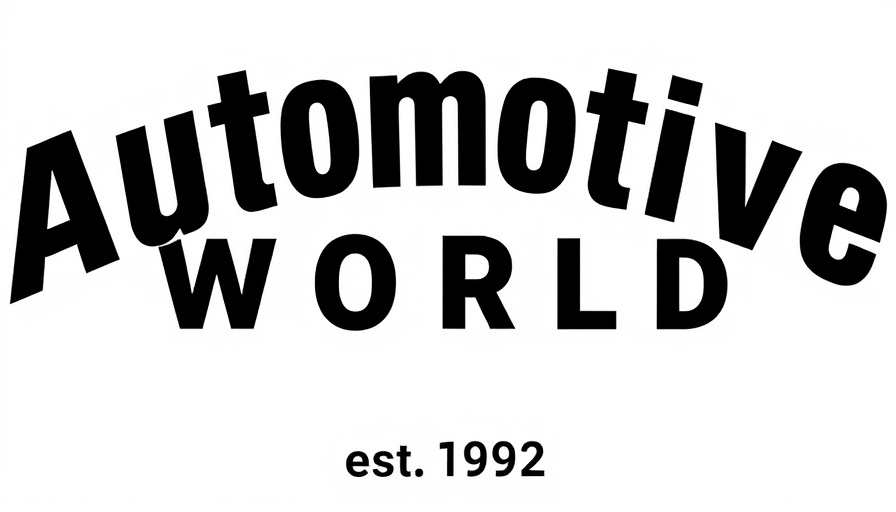
Driving Sustainability: The Role of Recycled Carbon Black in Automotive Innovation
In an exciting development for the automotive industry, Scandinavian Enviro Systems' recovered carbon black is at the forefront of AnVa's launch of climarub, a groundbreaking climate-neutral rubber compound. This innovation is not just a testament to sustainability but also reflects the increasing demand for eco-friendly materials across the automotive sector.
The Journey Towards Climate-Neutral Manufacturing
Since 2016, AnVa has partnered with Enviro to incorporate recycled carbon black from end-of-life tires into their manufacturing process. This collaboration has allowed AnVa to produce over 200 million high-performance rubber components, significantly reducing their carbon emissions by over 2,000,000 kilos of CO2 equivalents. As consumers and businesses become more environmentally conscious, the need for materials with low climate footprints is propelling such partnerships toward center stage.
Market Demand for Sustainable Solutions
According to Fredrik Emilson, CEO of Enviro, climarub illustrates a viable alternative to fossil fuel-derived materials. As the automotive industry transitions to sustainable practices, the demand for efficient, low-footprint materials is increasing. “We constantly meet new customer inquiries due to the desire to manufacture products with low climate footprints at competitive prices,” Emilson states, emphasizing the commercial value of recycling.
A Collaborative Effort Towards a Circular Economy
The formation of Infiniteria, a joint venture involving Enviro, Antin Infrastructure Partners, and Michelin, signifies a collective effort toward sustainability. This initiative aims to establish a full-scale recycling plant utilizing Enviro's patented pyrolysis technology. By emphasizing recycling and sustainable production, the automotive industry is not just responding to regulatory pressure but also to a broader societal shift towards sustainability.
The Future of Automotive Sustainability
As the industry shifts towards climate-neutral solutions, training and empowering dealership owners and their teams with knowledge about sustainable practices will be pivotal. Educational programs focusing on innovations like climarub and the importance of eco-friendly components will prepare sales teams for an evolving market.
The automotive sector stands at a crossroads; embracing innovations such as climarub while equipping personnel with necessary insights can foster a more sustainable future. This is where comprehensive auto sales training comes into play. Ensuring that sales teams understand the value of such eco-friendly products will enhance customer interactions and push the sustainability agenda forward.
Conclusion: The launch of climarub is more than just another product; it represents the future direction of automotive manufacturing, seamlessly merging sustainability with high-performance functionality. Embracing this transition not only aligns with evolving consumer demands but also emphasizes the industry's commitment to a greener future.
 Add Row
Add Row  Add
Add 

 Add Row
Add Row  Add Element
Add Element 




Write A Comment